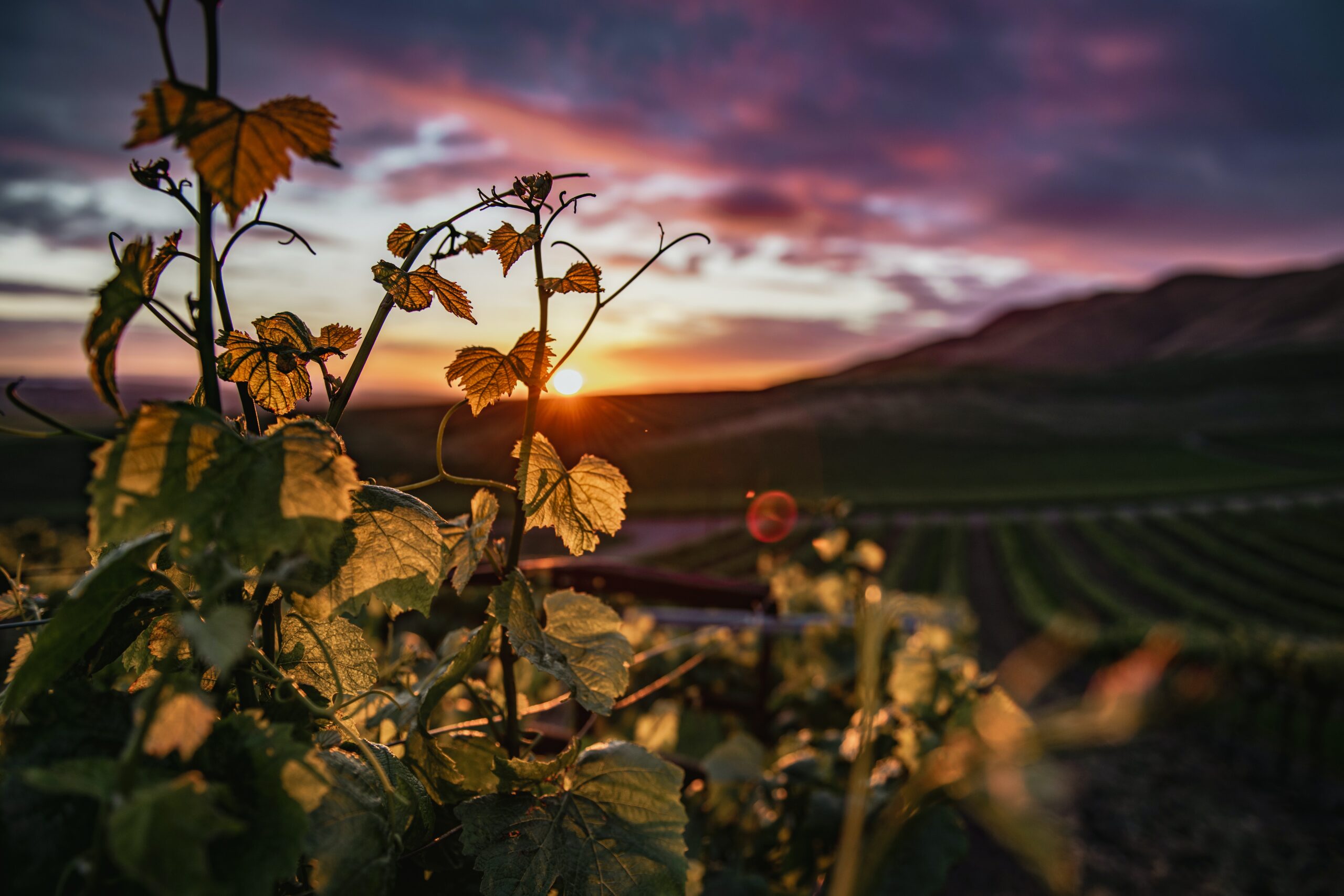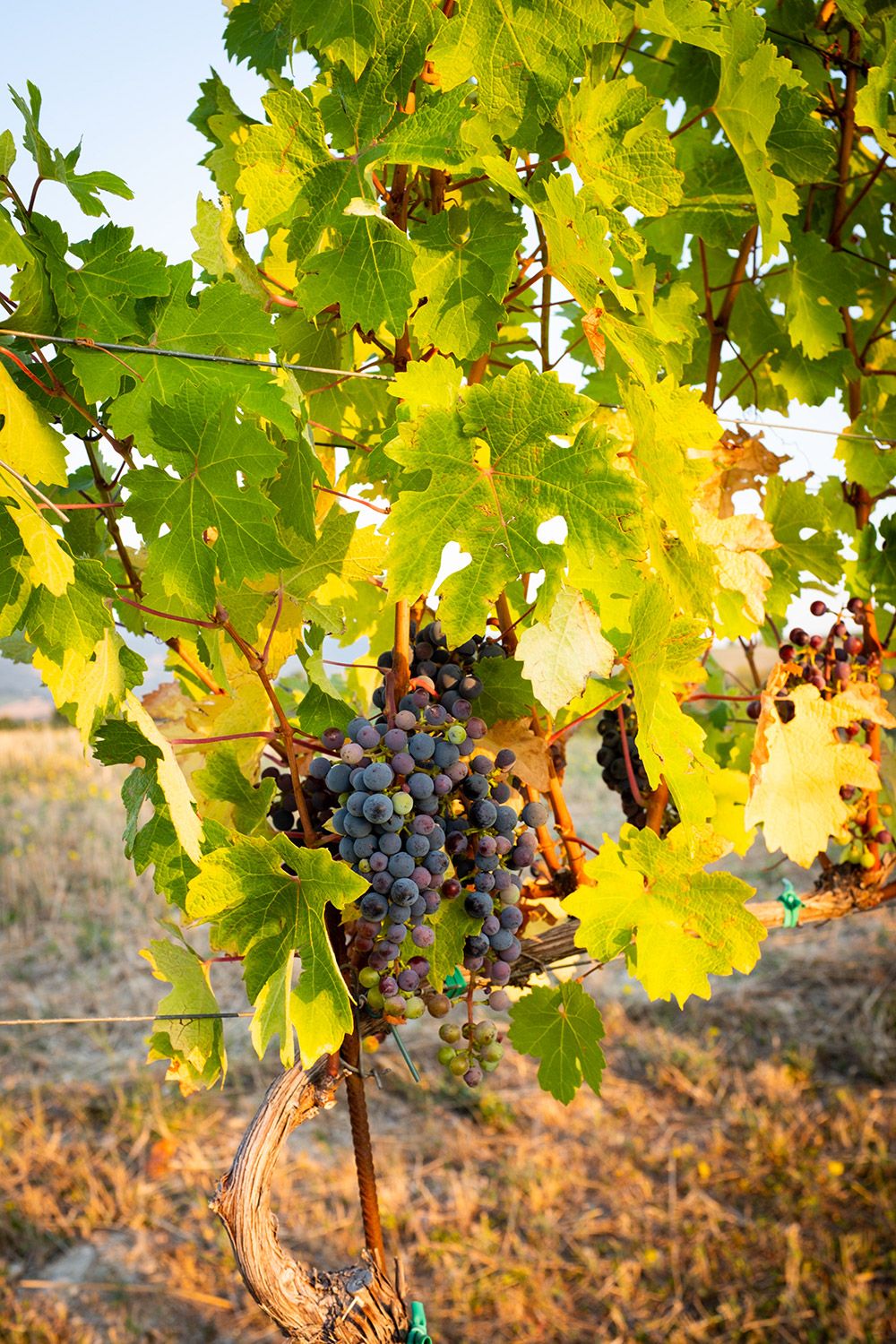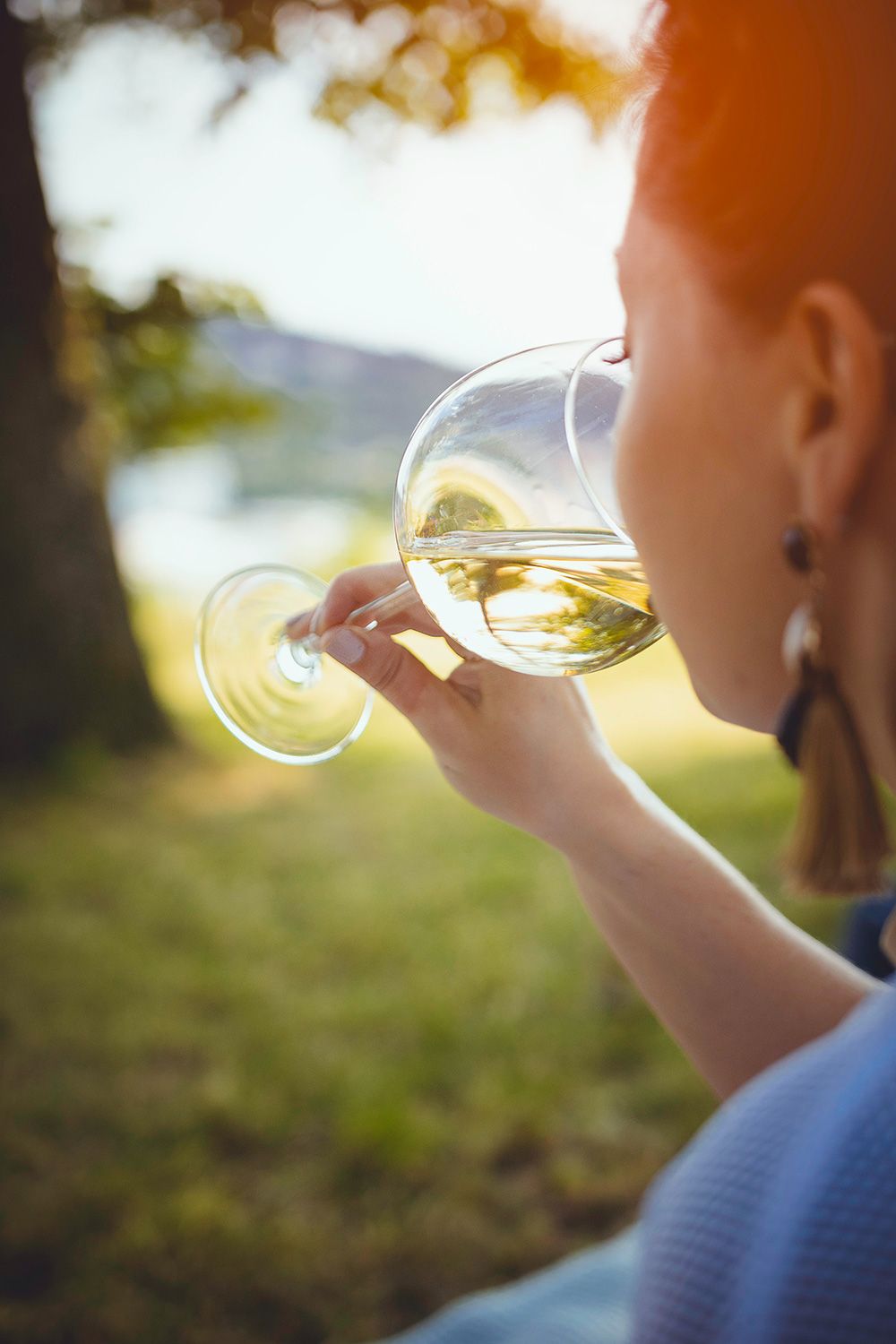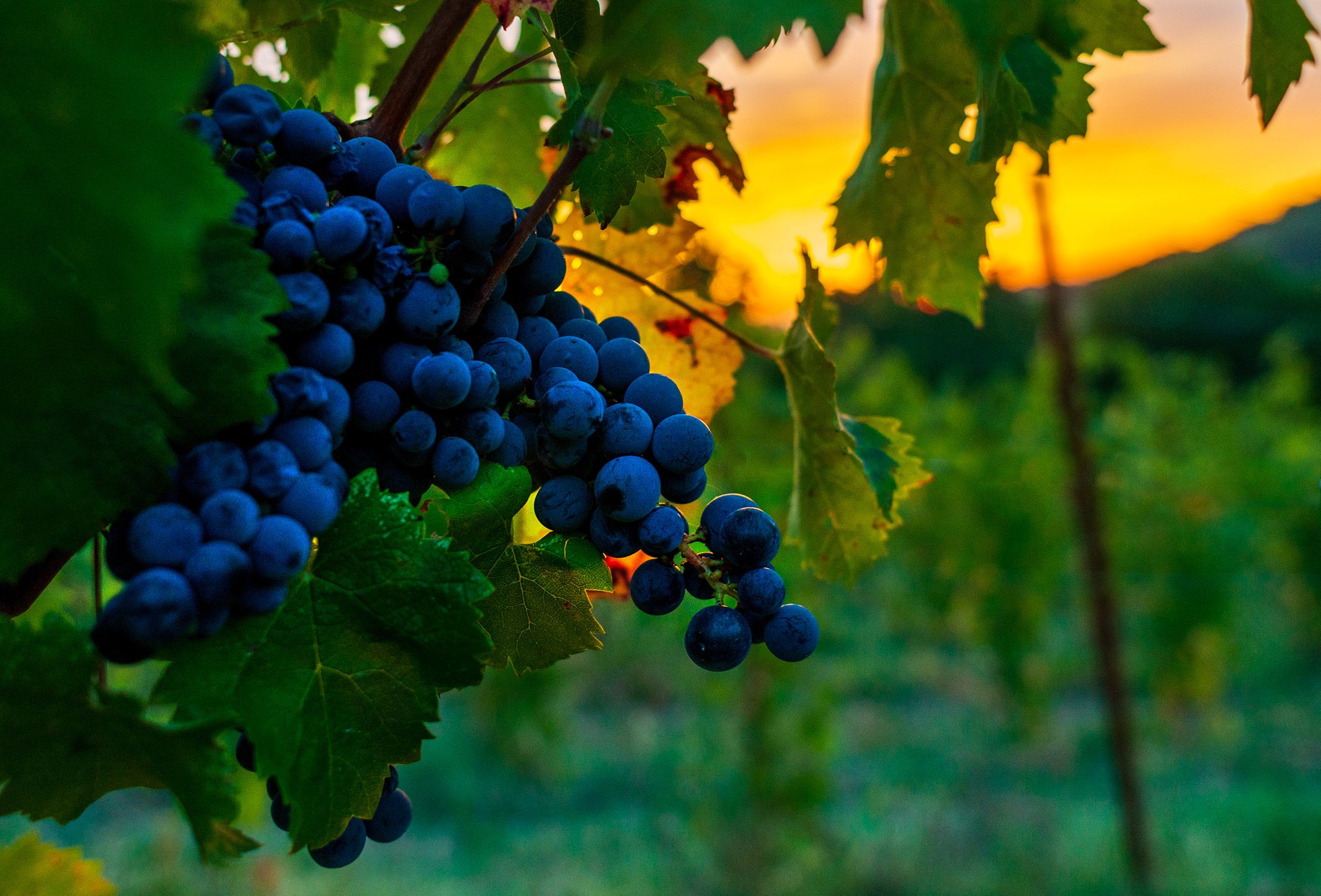Merlot
MERLOT
An international red grape variety of French origin, Merlot is one of the most famous and widely grown wines in the world.
Origin
The grape variety seems to have originated in the Bordeaux area, but the first mention dates “only” to 1784, when an official named Faurveau listed Merlot among the best wines of the Libournais.
In 1789 it appears as Merlot or Bigney Rouge in the varietal collection of the Luxembourg gardens, while in 1857 Victor Rendu, Inspector General of Agriculture, gives a botanical description of it in his “French Ampelography.”
Nine years later, in 1868, the agronomist and botanist Auguste Petit-Lafitte suggests how the name Merlot may derive from “blackbird” either in reference to its blue-black color with violet hues or because of the predilection these birds have for its sweet berries.
As early as the late 1990s, some DNA studies attributed Merlot’s paternity to Cabernet Franc, but it was not until 2009 that, thanks to the fortuitous discovery of some vines in Saint-Suliac in Brittany, it was discovered that the mother was a vine called Magdeleine Noire des Charentes.
Spread
Along with Cabernet Sauvignon, it is one of the most widely planted grape varieties in the world, occupying an area of more than 250,000 hectares.
In France it covers 14% of the area planted with vines and is widely planted not only in Bordeaux-its homeland where it is used both on its own and in blends with Cabernet Sauvignon and Cabernet Franc (Bordeaux blend)-but also in Languedoc-Roussillon and Bergerac. Its use is also provided for in many controlled appellations of origin from Provence to the Loire, from Savoy to Charente.
In Italy, the Merlot grape variety arrived in 1880, first in Friuli Venezia Giulia and then in Alto Adige and Veneto, where it found the best climatic conditions for its cultivation. Over time it spread to other regions, including the southernmost regions where it has adapted perfectly to warmer climates, resulting in rich, complex wines of great elegance.
In the rest of Europe, Merlot is grown in Switzerland’s Canton Ticino, Slovenia, Croatia, Romania, Hungary, Bulgaria and Moldova, and to some extent in Austria and Germany. The grape variety is also found in California although the hot climate makes it difficult to grow in some areas. For this reason, except in rare cases, it is mainly used in blends with other wines.
The more favorable climate, on the other hand, has made its expansion possible in Washington State, New York state, Virginia and Canada. In Chile, where for years it was confused with Carmenère, Merlot vines are concentrated in the central regions while in Argentina it is grown in the Mendoza hills. Merlot has also found a place in other important viticultural areas such as Australia, New Zealand and South Africa.
Cultivation
Although Merlot is a fairly vigorous and hardy vine, it is susceptible to spring frost because of its early sprouting and can be damaged by downy mildew, botrytis and flavescence dorée. It is an early varietal and is usually harvested a couple of weeks earlier than Cabernet Sauvignon. Optimal ripening occurs in soils that can remain cool even in summer, moist, and rich in clay and limestone. Soil composition determines the style of Merlot wine: clay gives structure while limestone enhances elegance and aromas.

Ampelographic notes
Merlot has light green, medium, pentagonal, pentalobed leaves. Clusters tend to be medium, pyramidal, winged but care must be taken because there are differences between biotypes. Berries are blue-purple, medium, spherical, with pruinose skin. Their juice is colorless, the pulp soft with a neutral, sweet, low acid, slightly herbaceous flavor.
The wine
Merlot tends to be blended with other wines, particularly Cabernet Sauvignon and Cabernet Franc in what is called a “Bordeaux blend“: the Merlot, with its softness derived from the high sugar concentration of its grapes, counterbalances the tannic impetuosity and acidity of the other two. It is, however, also vinified in purity, resulting in some cases in sublime wines.
Merlot wines can differ significantly because the soils and climates in which it is grown are varied. In addition to these two factors, yield also greatly influences the quality of the wine: Merlot is a rather productive grape variety, but the best results are obtained where yields are rather low.
Wine from Merlot grapes has a deep ruby red color that turns to garnet with time. The aromas are of red and black fruits such as cherry, plum, blackberry, cassis, which tend to evolve into spicy and jammy notes with age. The palate is round, full-bodied, with soft tannins and moderate acidity. It can be drunk young, but some great wines can age for years before reaching their full potential.
Because the Merlot grape has a high concentration of sugar, in places where the climate is particularly warm there is a risk that the wine will become too full-bodied and the taste will flatten due to an excess of softness at the expense of acidity.
Pairings
A young Merlot can be paired with cured meats, white meats and meaty pasta dishes. An aged, well-structured Merlot goes well with roasted, grilled red meats, roasted game, and aged or blue cheeses. Full-bodied Merlots can also be enjoyed on their own as meditation wines.






